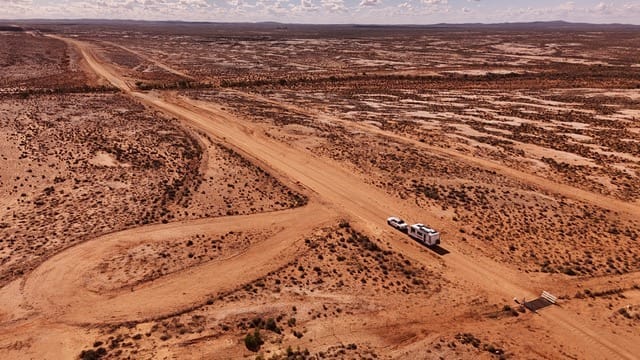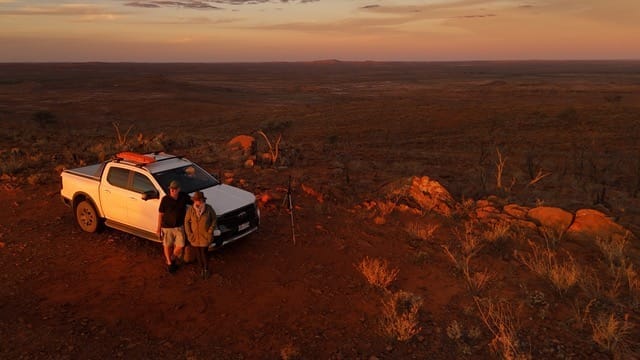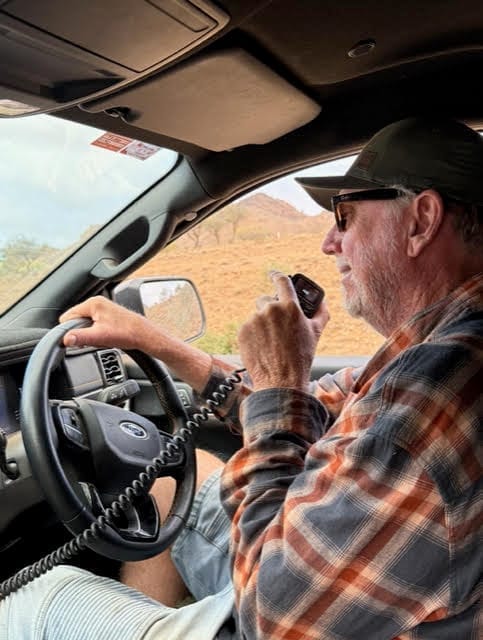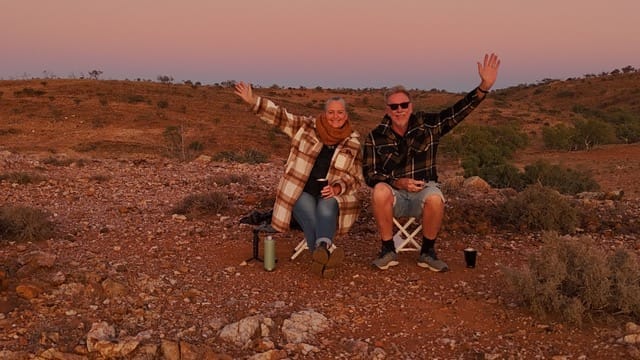5 Essential Tips for Remote Travel in Australia.
By Pete and Tan from Artzone Travels
There’s a quiet promise in the red dirt roads, endless skies, and stories etched into the land. For those ready to leave the bitumen behind, remote travel is the ultimate test of self-sufficiency and curiosity. We have spent the last decade exploring the roads less travelled seeking the beauty of this country.
But while the rewards are immense, the risks are real. Venturing far from civilisation means planning wisely and travelling with care. Australia’s vast, untamed heart has a pull that’s hard to explain. Whether you're carving a path through the red dust of the Outback or following a lonely coastal track, remote travel in Australia is a journey like no other.
Here are our five essential tips we live by and help keep us stay safe, prepared, and fully immersed in the adventure.
1. Plan - But Stay Flexible
Before heading into the wild, plot your route carefully. Use offline maps like Hema or WikiCamps, and mark fuel stops, water sources, and safe overnight spots. But remember weather can change at any moment and so aways check local road conditions and have a backup plan.
Tip: Contact local visitor centres or roadhouses for the latest updates, especially in remote regions like the Kimberley or Cape York.

2. Stock Up - Then Double-Check
Remote doesn’t just mean in the outback, it means hours (or even days) from the nearest shop or servo. Carry more food, water, and fuel than you think you’ll need. For water, allow at least 5 litres per person per day, plus extra in case of delays. It might save your life in the hotter months.
Must-haves:
Extra jerry cans for fuel
Long-life food (tins, dry goods)
Spare tyres and tools
Basic first aid kit and any required medications

3. Know your Rig
Your caravan or camper needs to be up to the task. That means solid suspension, proper tyres, and a setup that can handle corrugations and heat. Know your tow limits, how to manage power and water efficiently, and how to make basic repairs.
Pro Tip: Take a short off-grid trip near home first to test your setup and get familiar with it.

4. Stay Connected - Even Off the Grid
Mobile coverage fades fast outside urban areas. A satellite phone, Starlink, or personal locator beacon (PLB) can be a lifesaver in emergencies and help pinpoint your location for responders. Let a friend or family member where you are going and a timeline so they can track you down when you are overdue to a agreed destination.
Also consider:
A UHF radio for convoy communication
Offline entertainment (podcasts, books, stargazing guides)

5. Respect Country and Culture
You’ll be travelling through ancient lands, many of which are part of large pastoral stations and/or Indigenous Country. Learn about the regions your visiting, observe access restrictions, and always seek permission from landowners. Permits are often required for entering sacred or Indigenous areas.
A simple gesture of respect goes a long way.

Final word from Pete & Tan
Remote travel in Australia is the kind of adventure that leaves dust in your boots and memories in your heart. With the right preparation and mindset, you won’t just survive the wild you’ll carry it with you, long after the journey ends.
So pack smart, plan well, and hit the road. Australia is waiting.
Follow Artzone adventures below.
A huge thanks to Pete and Tan for sharing these awesome tips—your experience and knowledge are so valuable to the community! 🙏
Let’s hit the road and make every journey unforgettable. ✨
Eulanda x

Created with © systeme.io







